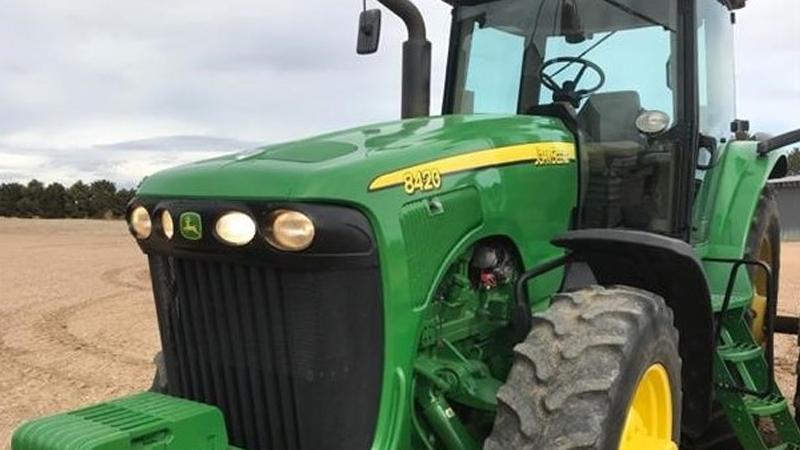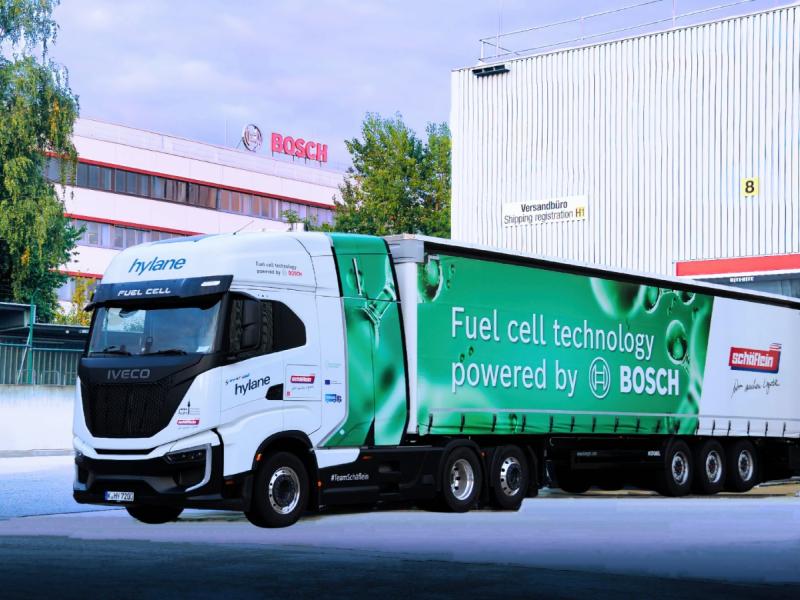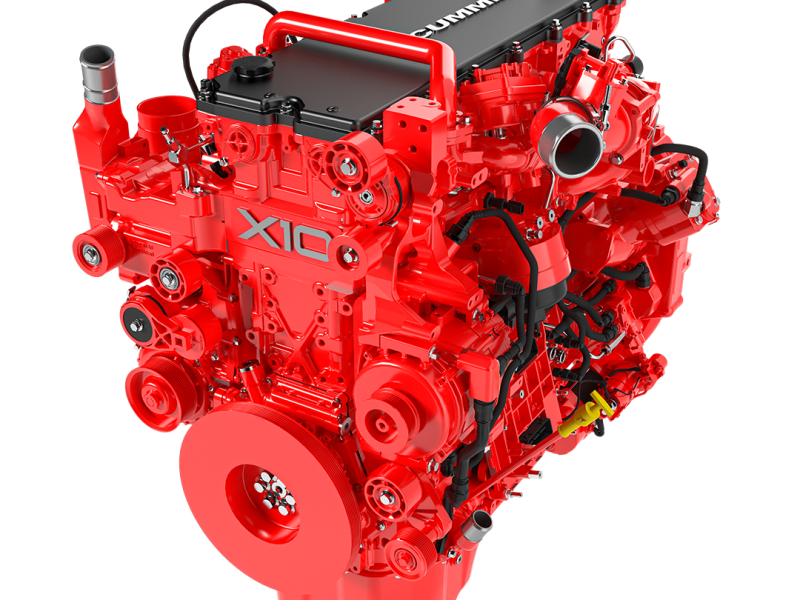When I started working in the industry, my John Deere experience was limited. My early apprentice days at the Council had me fixing ride on mowers fitted with the Yanmar engines, my agricultural equipment experience at Melbourne’s MTQ was mainly small applications. In 2004, after arriving in Toowoomba QLD to run Diesel Care’s workshop, I found myself working on the big John Deeres within a week of becoming acclimatised.
Cotton farming was a major player in those parts of Queensland along with other produce requiring machinery of much larger proportions to do the work. We worked closely with the local farmers, as well as the John Deere dealership. My time was short working with the iconic brand in Toowoomba, but understanding the huge demand and expectations of the around the clock workings of a farming community, I knew my information will remain valuable for years to come.
When working on such a variety of systems, it helps to understand that each common rail system is quite different. Not just the manufacturer of the fuel system, each design. The tractor was a 2003 John Deere 8420 with approximately 6000 hrs. The 284 Hp, 6081HRWW35 8.1L 6-cyl fitted with a rail using a differential valve for each cylinder. This differential valve failure has been more prominent in recent years as the design has become aged since we first saw failures in 2003. When we were diagnosing and testing systems under warranty in 2005, they were easily misdiagnosed because not even the manufacturer knew where the metal contamination found in the injectors had come from. There was nothing evident in the pump, not even pumps with a small amount of contaminated fuel caused that sort of damage.
The differential valve is also known as a flow damper and is commonly only found in heavy Ag and commercial applications. Denso rails fitted to smaller mostly passenger vehicles do not have flow dampers. The component is used to prevent a full shutdown of the engine. They are designed to shut off only the failing cylinder and acts as a damper from heavy fuel pulsations. In some of my previous articles and during my training courses, I explain how the CRD system must have pressure to run. If one injector fails, the entire system can lose pressure and shut the engine down.
Types of Denso rails.
Note the outlet on the rail has a screw type fitting from each port going to each injector. This is the major difference when determining if there is a flow damper fitted. When pressure pulsations occur inside the high-pressure piping, the pressure balance between the rail side and injector side is destroyed due to flow resistance at the orifice. When this occurs, the ball and piston move towards the injector side and absorb the pressure pulsations. Due to the rail side and injector side quickly balancing under normal pressure pulsations, the piston and ball return to the rail side under spring pressure. If an abnormality happens to occur on the injector side, the fuel orifice flow volume will become less than normal, pushing the ball and piston against the seat and shutting off the fuel path to the injector, thus the engine will continue to run though with one less cylinder combustion taking place.
Differential valve ops.
A damper can begin to fail, and the engine will remain running okay. It’s only a matter of time though before it impacts the running of the engine. The engine will first begin to run rough or misfire at idle and/or under load. This could either be the injector failure as a result of the metal passing through the system soon after the damper or the damper itself. The tolerances are very fine for a common rail injector and therefore the metal can become lodged within the injector. It’s when the misfire occurs after the replacement of the injectors that has the technicians scratching their heads for a while. Normal running wear and contamination especially water which can corrode metal components can cause these dampers to fail.
Diagnosing the misfire
An injector back leakage test can assist in determining the condition of CRD injectors. There are two possible results of a misfire related to the injector return flow. Either you can have too much fuel entering the combustion chamber or not enough. Higher return is often less fuel injected and less return is often more fuel entering the combustion chamber. When more fuel, excessive smoke may also be present. If the injectors are operating ok, the returns are almost even for each cylinder. If the damper has failed or there has been a loss of pressure in that cylinder between the flow damper and injector, you are likely to see less return. When they fail, the valve will close therefore less fuel is delivered to that injector.
In some cases, the misfire will only occur once the engine is warm. Before starting the job, determine if the system has the flow damper design. (Refer to pic 3). Once you have determined the fault is in the fuel injector, I recommend that you take the injector to your local diesel fuel injection specialist. Make sure they have the correct test equipment and knowledge of the system. They may find metal in the inlet before testing so please accept that they may not test the injector due to possible contamination of their very expensive equipment. Request them to dismantle the injector to determine if metal has caused the failure.
Damaged damper.
Testing the flow damper may prove to be difficult unless you have a high pressure CRD tester. If you have one of these, I suggest you use it and I don’t need to explain how to. For those who don’t have one of these testers, it is possible to remove the flow damper for inspection. The only reason I suggest that you remove the flow damper from the cylinder in question, is these do have a copper washer sealing them and it ‘may’ be possible to reseal after removal if it is not damaged. I strongly recommend that if you are performing this repair on a vehicle that has done in excess of 200,000 kms, replace the complete rail. Unless you can obtain the individual flow damper from the manufacturer with a new washer then yes it can be replaced. DO NOT use secondhand parts.






